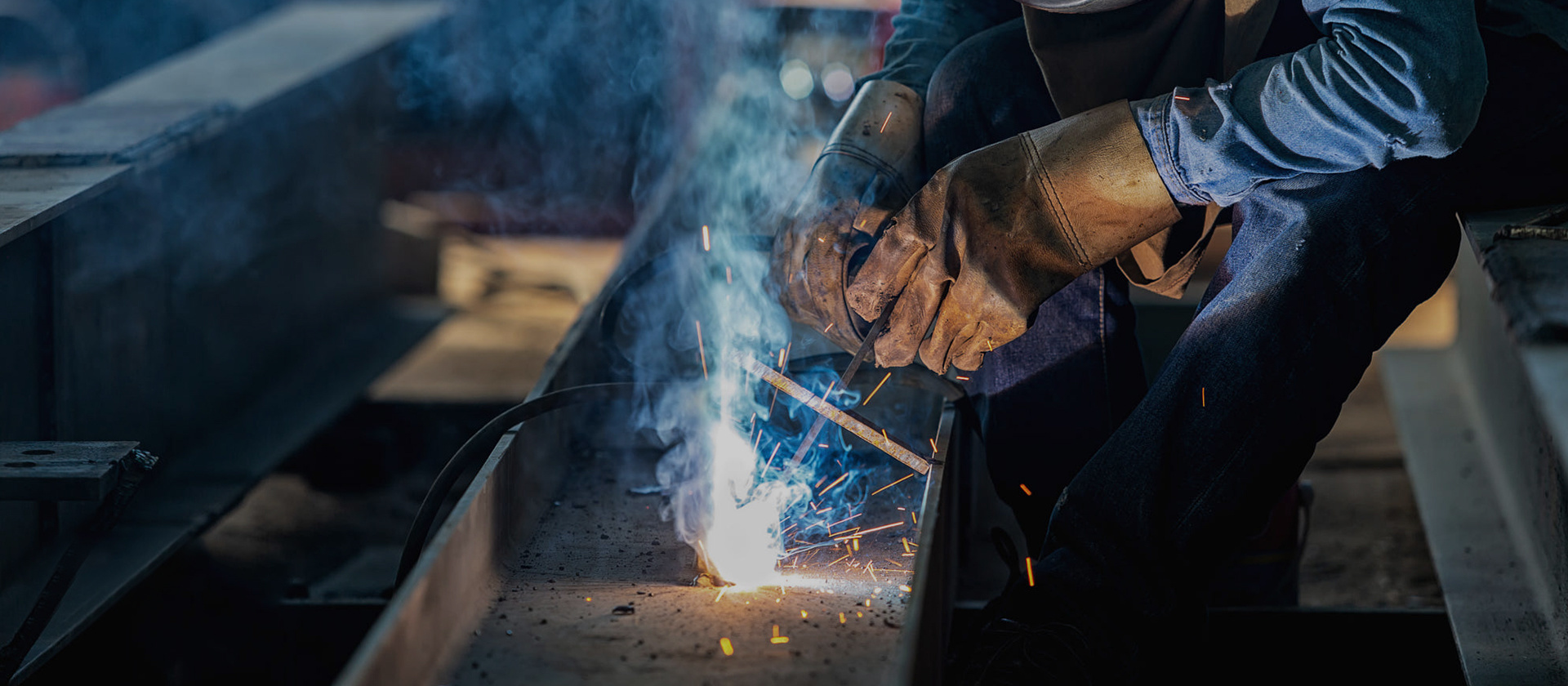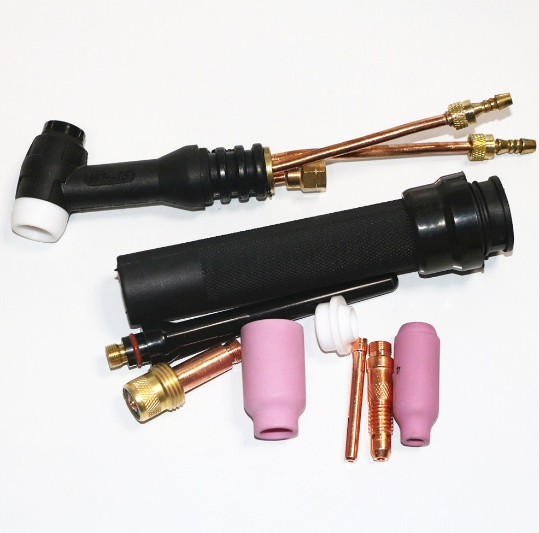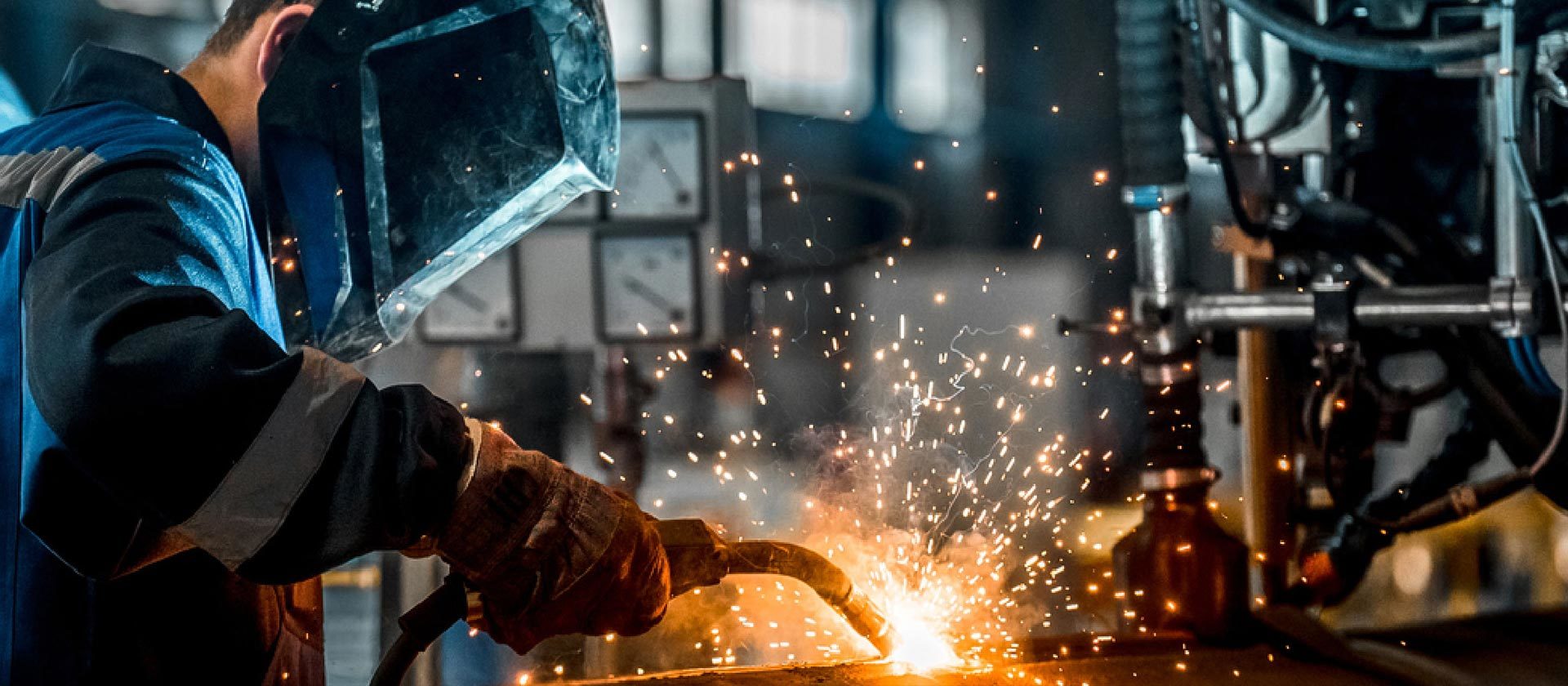language
Understanding the Components of the WP18 Welding Torch: A Comprehensive Guide
May 27,2025
Understanding the Components of the WP18 Welding Torch: A Comprehensive Guide
Table of Contents
Introduction to Welding Torches
What is the WP18 Welding Torch?
Key Components of the WP18 Welding Torch
The Torch Body
The Electrode Holder
The Gas Nozzle
The Cable Assembly
The Valve System
The Trigger
The Ceramic Insulator
The Gas Connector
Understanding the Components of the WP18 Welding Torch: A Comprehensive Guide
Table of Contents
- Introduction to Welding Torches
- What is the WP18 Welding Torch?
- Key Components of the WP18 Welding Torch
- The Torch Body
- The Electrode Holder
- The Gas Nozzle
- The Cable Assembly
- The Valve System
- The Trigger
- The Ceramic Insulator
- The Gas Connector
- Understanding Welding Torch Functions
- Maintenance of the WP18 Welding Torch
- Troubleshooting Common Issues
- Frequently Asked Questions
- Conclusion
Introduction to Welding Torches
Welding torches are essential tools in various industries, including construction, manufacturing, and automotive repair. They provide the heat required to join materials, primarily metals, through melting and fusing processes. Among the myriad of welding torches available, the WP18 Welding Torch stands out due to its versatility, efficiency, and user-friendly design.
What is the WP18 Welding Torch?
The WP18 Welding Torch is a type of gas tungsten arc welding (GTAW) torch, commonly known as TIG welding. It is widely used in both professional and DIY welding applications. This torch is praised for its ability to create clean, precise welds, making it ideal for projects requiring high-quality finishes, such as stainless steel welding.
Key Components of the WP18 Welding Torch
Understanding the components of the WP18 Welding Torch is crucial for effective operation and maintenance. Each part plays a specific role in ensuring optimal performance.
The Torch Body
The torch body serves as the main structure of the WP18. It houses various components and provides a comfortable grip for the welder. Made from durable materials, the torch body is designed to withstand high temperatures and resist damage from welding spatter.
The Electrode Holder
The electrode holder is where the tungsten electrode is secured. The WP18 typically accommodates various electrode sizes, allowing for flexibility depending on the application. The holder's design ensures that the electrode remains in place during the welding process, ensuring a steady arc.
The Gas Nozzle
The gas nozzle plays a pivotal role in shielding the weld area from contamination. It directs the shielding gas, usually argon, around the weld pool, protecting it from atmospheric exposure. The WP18 features different nozzle sizes to cater to various welding tasks, allowing for better coverage and control.
The Cable Assembly
The cable assembly connects the torch to the welding machine, supplying electrical current and shielding gas. Robust and flexible, this assembly enhances maneuverability, enabling welders to work comfortably in tight spaces.
The Valve System
The valve system controls the flow of the shielding gas. A well-functioning valve ensures a steady gas supply, preventing weld defects caused by inconsistent shielding. The WP18 features user-friendly valves for easy adjustments during operation.
The Trigger
Located on the torch handle, the trigger activates the welding process. Upon pressing the trigger, the electrical current flows, and the shielding gas is released, enabling the welder to begin the welding operation. The trigger design promotes a natural grip, enhancing control and comfort.
The Ceramic Insulator
The ceramic insulator is a crucial component that protects the welder from electrical shocks. It separates the electrode from the torch body, ensuring safety during operation. The ceramic material is heat-resistant, contributing to the longevity of the torch.
The Gas Connector
The gas connector secures the gas line to the torch. It ensures that gas flows smoothly, preventing leaks that could lead to safety hazards or poor weld quality. The WP18 features a robust connector designed for easy attachment and detachment.
Understanding Welding Torch Functions
Each component of the WP18 Welding Torch works in harmony to provide precise control over the welding process. The combination of a stable arc, proper shielding, and effective heat management results in high-quality welds.
Proper understanding of how each part functions can significantly improve welding skills:
- **Arc Stability**: The tungsten electrode's position and the quality of the gas nozzle directly affect arc stability, ensuring a consistent weld.
- **Heat Control**: The design of the torch allows for effective heat dissipation, crucial for preventing warping or burning through thinner materials.
- **Gas Coverage**: Adequate shielding gas coverage protects the weld from oxidation and contamination, leading to stronger joints.
Maintenance of the WP18 Welding Torch
Regular maintenance is essential for maximizing the lifespan and performance of your WP18 Welding Torch. Here are some tips for effective upkeep:
- **Clean the Torch Regularly**: Remove any welding spatter or debris from the torch body, nozzle, and electrode holder. This prevents contamination and ensures a clear path for gas flow.
- **Inspect Components**: Regularly check the condition of the tungsten electrode, gas nozzle, and cable assembly. Replace any worn or damaged parts promptly to maintain optimal performance.
- **Check Gas Connections**: Ensure that the gas connector is secure and free from leaks. This promotes safety during operation and enhances weld quality.
- **Store Properly**: When not in use, store the torch in a dry, safe place to prevent damage. Consider using a protective case to keep all components together.
Troubleshooting Common Issues
Even with proper maintenance, welders may encounter issues while using the WP18 Welding Torch. Here are common problems and their solutions:
- **Inconsistent Arc**: Check the electrode's condition and ensure it is properly secured in the holder. A damaged electrode can cause arc instability.
- **Poor Weld Quality**: If the weld is porous or weak, verify that the shielding gas flow is adequate. Adjust the gas settings and check for leaks.
- **Overheating**: Inspect the cooling efficiency of the torch. Ensure that the torch body and cable assembly are free from obstructions that could hinder airflow.
Frequently Asked Questions
1. What is the maximum amperage of the WP18 Welding Torch?
The WP18 Welding Torch typically operates effectively within a range of 150-200 amps, making it suitable for a variety of welding tasks.
2. Can I use the WP18 torch for aluminum welding?
Yes, the WP18 is versatile and can be used for aluminum welding, especially when paired with the appropriate tungsten electrode and filler material.
3. How often should I replace the tungsten electrode?
The tungsten electrode should be replaced when it shows signs of wear, such as a tapered tip or discoloration. Regular checks will help maintain optimal arc stability.
4. Is the WP18 Welding Torch suitable for beginners?
Absolutely! The WP18's user-friendly design makes it an excellent choice for beginners, providing ease of use while delivering high-quality welds.
5. What type of shielding gas is recommended for the WP18 Welding Torch?
Argon is the most commonly recommended shielding gas for the WP18, providing excellent protection against contamination during the welding process.
Conclusion
The WP18 Welding Torch is a remarkable tool that combines efficiency with precision for effective welding. Understanding its components, functions, and maintenance practices can significantly enhance welding outcomes. By familiarizing yourself with the intricacies of this torch, you can ensure a better welding experience, whether you're a professional or a hobbyist. Regular upkeep and troubleshooting can prevent issues and prolong the torch's life, ultimately leading to cleaner, stronger welds. Embrace the power of the WP18 and elevate your welding skills today!
Add
Xing village, lvgongbao town, renqiu city, hebei province, china









